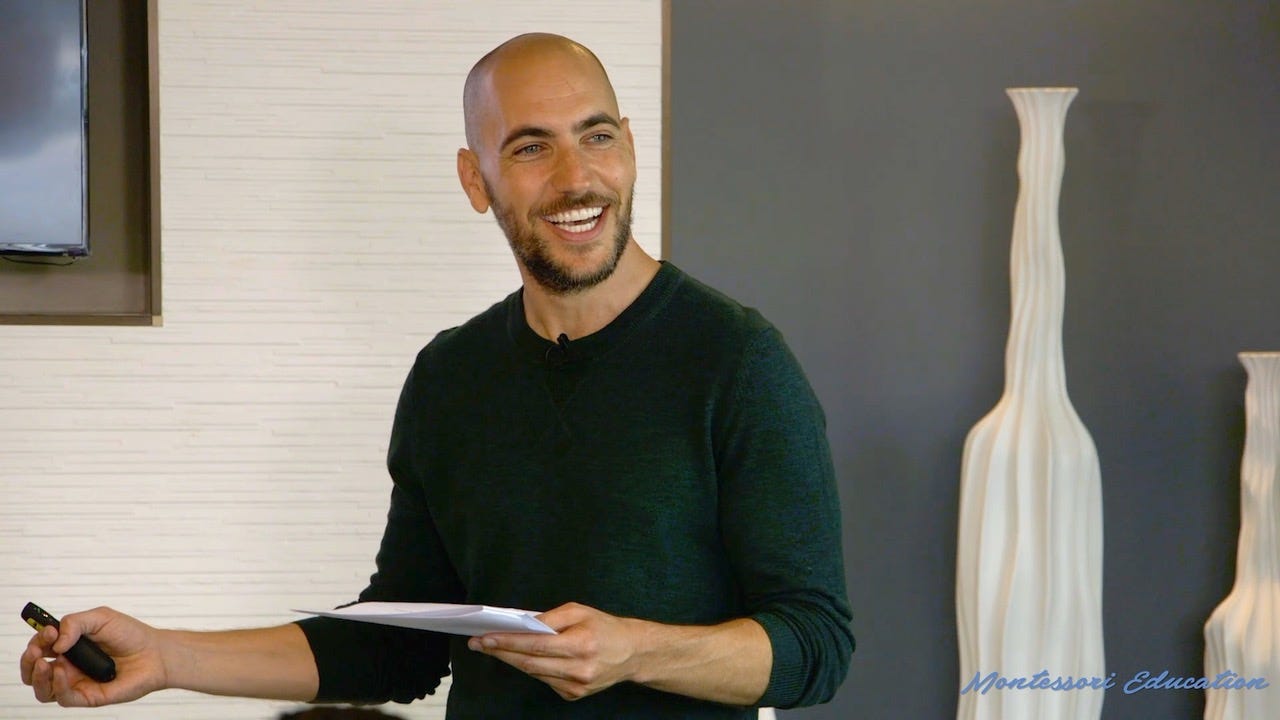Jesse McCarthy on Montessori and Independence
Fostering Self-Discovery Through Observational Learning in Montessori Education
I sat down with the popular educator Jesse McCarthy to pick his brain about Montessori education and how it helps children develop independence—both in school and at home. McCarthy formerly taught elementary and junior high students, later becoming head of school and an executive at LePort Schools—a nationwide chain of private preschools and K–8 schools…




